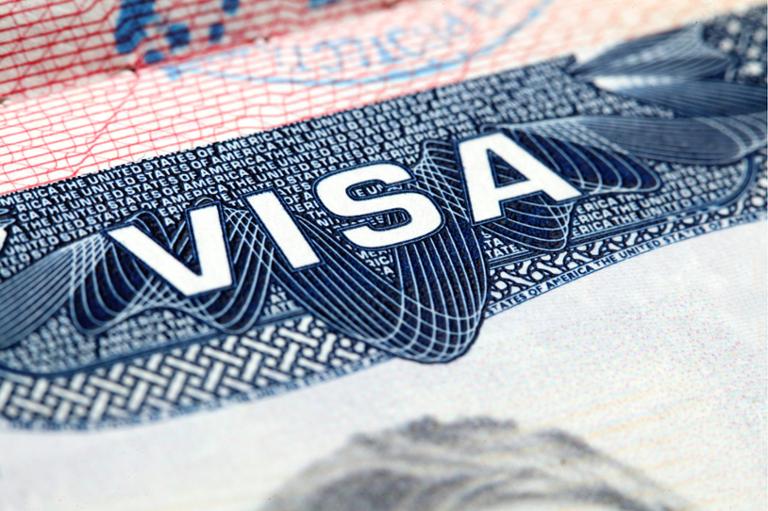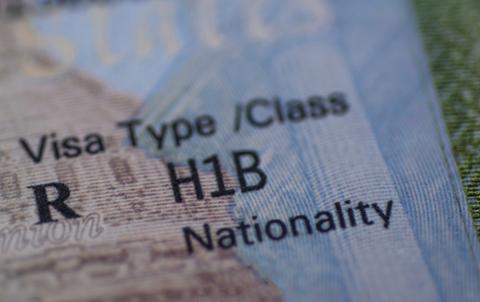If you’ve been following the H-1B issue, you know that U.S. Citizenship and Immigration Services (USCIS) has denied an increasing number of new H-1B visa applications over the past few years. New data shows that the denials of H-1B petitions for continuing employment are on the rise, too.
The National Foundation for American Policy (NFAP), which digests and analyzes data from USCIS, offers up regular breakdowns of H-1B data. Its most recent one shows that, for all four quarters of fiscal year 2019, denial rates rose for H-1B petitions for initial employment. According to its dataset, denials for continuing H-1B employment have likewise risen in comparison to previous years. Here’s the chart:
NFAP attributes the rise in continuing-employment denials to a 2017 memo by the then-new director of the USCIS. “The memo has likely been responsible for many of the denials in continuing employment cases, according to attorneys,” the organization related in a note, before quoting from the USCIS itself: “’The previous policy instructed officers to give deference to the findings of a previously approved petition, as long as the key elements were unchanged and there was no evidence of a material error or fraud related to the prior determination,’ noted a USCIS statement. ‘The updated policy guidance rescinds the previous policy.’”
Because the continuing-employment denial rate seems to have stayed relatively level across all quarters of fiscal year 2019, NFAP also assumes “these types of cases will be denied at a similar rate in FY 2020.”
For critics of the H-1B visa program, this increasing rate of denials is a good thing, because it pushes back against what they see as tech and consulting companies’ attempts to bring aboard foreign talent at artificially suppressed prices. A rise in denials for continued employment would also disrupt companies’ efforts to use the visa as a pipeline for talent.
However, the rate of denials has leveled off over the past year (both for new and continuing-employment applications), and it remains to be seen whether such high rates will continue in the long-term. (Dice’s separate analysis of USCIS data shows that the rate of initial H-1B approvals (as well as approvals post-RFE) has crept up slightly.)



